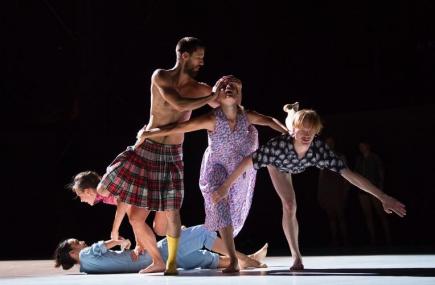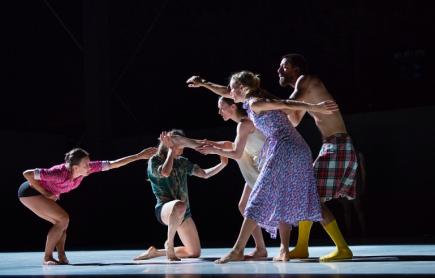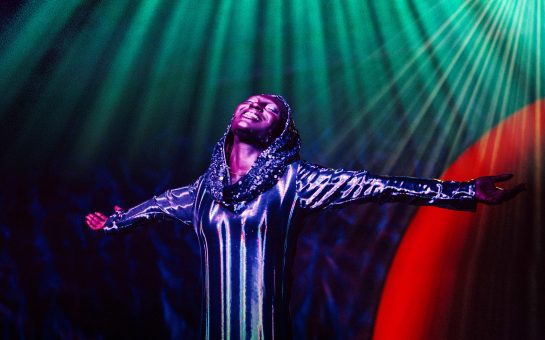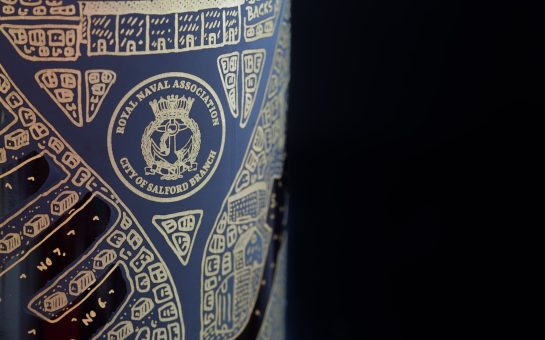Emanuel Gat’s newest show, WORKS, is a stripped back dance piece which champions the dancer in their rawest form: a human.
With an overall intention of celebrating the uniqueness and humanity of dancers, Gat’s thematic objectives arguably transgress to touch on deeper existential questions regarding the human spirit.
The thought of tackling such an extensive question, in only an hour and twenty minutes, initially appears to be an impossible task during its showing at The Lowry, Salford.
Nevertheless, Gat and his dancers rise to the occasion by creating a dynamic piece that succeeds in presenting the complexities of humans.
WORKS navigates the intricacies of the human form by using the dancer’s body as a vessel for exploration. Such a reductive approach allows for the abstract to become physical and therefore accessible to all.

The piece is emotive although not sequential. Instead, it adopts a fragmented structure that mimics a stream of consciousness.
Seamlessly flowing through silence, music and brief dialogue, the six different pieces are difficult to distinguish from one another.
The intricate structure ebbs and flows with each piece being dedicated to a specific composer. Most notably, the explosive final piece is accompanied by the electrifying Sinnerman by Nina Simone.
Apart from the finale, the music surprisingly seems secondary to the primary focus being the dancers themselves.
The faultless chorography doesn’t necessarily strive to be in-keeping with the pace of music.
Rather, the pace and tone of the pieces are set by the dancers sporadically shouting out numbers with the music becoming a mere accompaniment.

The dancers demonstrate personal autonomy throughout the piece yet remain as a tight unit.
Such jarring dissonance facilitates an intense level of awareness that is able to hone in on the idiosyncrasies of the dancers.
In doing so, Gat gives room for reflection on individuality within collectiveness.
At its core, this performance appears to be about individuals unifying through something as essential as the body.
Through championing individuality, Gat in fact produces works of intimacy that marry together a mixture of isolated routines to create overall unified pieces.
The polished pieces are clinical yet full of meaning, frantic yet controlled, and strong yet subtle.
Such contrasting chorography highlights difference. Difference being something today’s society is all too politically stifled by.
Countering this, WORKS advocates for difference, presenting it as an integral force in driving the chorography forward, using it to piece the performance together.
WORKS therefore is more than a celebration of the dancer. It forces us to see difference within a collective as a strength. This is a lesson we could all perhaps use right now given our politically divided world.



